In educational simulations in the future, end-learners will be working with other, computer-controlled people ('bots). And part of the success will be in doing that well.
But how to work with 'bots is non obvious. When real humans are involved, you can just talk to them, either via typing or voice. This is OK, but has some of the problems of a role play, the biggest being that you can't
practice over and over again. After one or two plays, the group gets into ruts. Completely open-ended interfaces also spiral out of control, most likely abdicating the intructional opportunity and responsibility of a sim to another layer of pedagogy.
Branching stories, an educational simulation genre, has their place, which enables exploration but prohibit practicing by being fixed, rather than dynamic.
So it is useful to look at some of the ways that computer games deal with the issue of directing bots in a dynamic environment. In those
First Person Shooters, a player literally just points to a place and click on the "go there" button. The bot will defend or attack from that spot until dead. The only other option a player might have is "follow me," to alter either the previous "stay in that spot" command or the AI default behavior of shooting bad guys. (Here is an example from Half-Life 2).

Some squab-based shooters, like this example from Star Wars: Republic Commando, are similar, but you can ask your squad to do more complex moves. Same with Full Spectrum Warrior. 
The Star Trek game Bridge Commander presents the player with dozens of possible commands to give his or her crew at any time, organized by the different crew members. The commands can be highly specific, or they can be high level enough to let the AI do at least some planning on their own. 
In Sid Meier's turn-based strategy game Alpha Centauri, the player can ask the AI to take control over many different functions, including base management. But the player can also tell the AI of any given unit or base on what to prioritize: exploring, discovering, building, or conquering. A player might prioritize "building" on bases near the center of their empire, and "conquering" on the bases near hostile empires.
 In all of these models, however, the player has absolute control over their 'bots. Because that is seldom the case, even with direct reports (except in parts of the military), I find the interfaces that deal with more realistic and complex inter-personals to be more useful and even predictive.
In all of these models, however, the player has absolute control over their 'bots. Because that is seldom the case, even with direct reports (except in parts of the military), I find the interfaces that deal with more realistic and complex inter-personals to be more useful and even predictive.
Sid Meier's turn based Civilization IV requires that you negotiate with other leaders. You might make a transaction trade, where you have to figure out what is a good trade, but you also have to manage a long term relationship based on past favors and even aligned goals, such as religion and domestic agenda.
Virtual Leader, in dynamic real-time, focuses on both interpersonal and idea based "moves" to shape a conceptual map of possibilities and commitments.
 Finally, in "The Sims," in both building relationships and now sales, players indirectly control bots by buying and placing objects to meet their needs, and creating opportunities to build common bonds.
Finally, in "The Sims," in both building relationships and now sales, players indirectly control bots by buying and placing objects to meet their needs, and creating opportunities to build common bonds.
Ultimately, the opportunity of the interface is to shape how an end-learner looks at his or her strategic options in a situation. This is more true, and in some cases, more controversial, when dealing with characters rather than learning how to drive a car.
As with the previously mentioned ownership and rules, directing bots will become increasingly explored and then standardized as educational simulation genres are developed and refined.
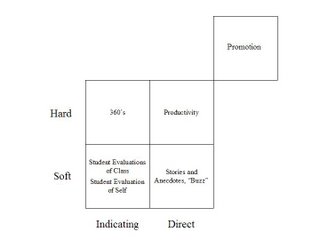


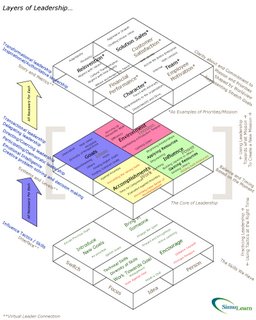
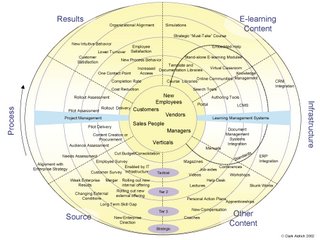
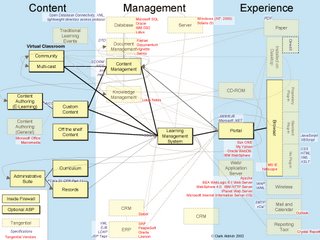

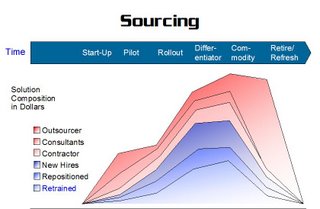
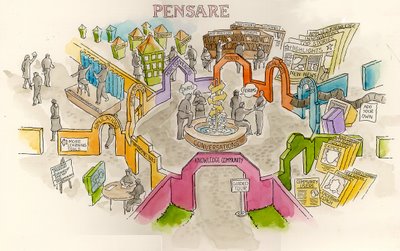
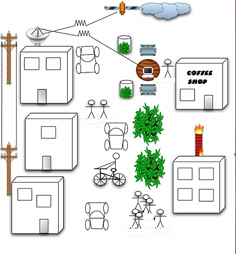
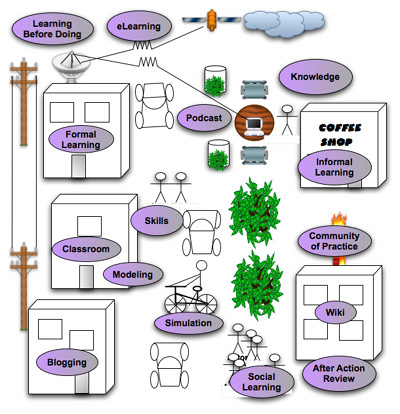





 Finally, in "The Sims," in both building relationships and now sales, players indirectly control bots by buying and placing objects to meet their needs, and creating opportunities to build common bonds.
Finally, in "The Sims," in both building relationships and now sales, players indirectly control bots by buying and placing objects to meet their needs, and creating opportunities to build common bonds. 


